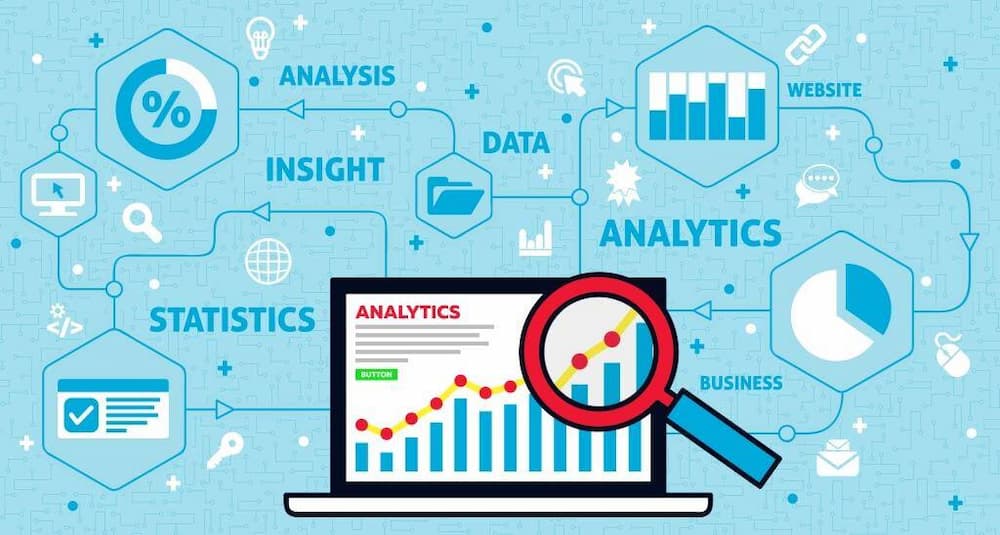In today’s rapidly evolving public sector environment, municipalities are under increasing pressure to operate efficiently, provide transparent services, and improve citizen engagement. Enter the Municipal ERP System—a powerful, unified solution that integrates core administrative functions, from finance and HR to public works and citizen services. In this article, we explore the benefits, limitations, real-world use, and expert perspectives that make municipal ERP systems not just a trend, but a necessity for future-ready governance.
What Is a Municipal ERP System?
A Municipal ERP (Enterprise Resource Planning) system is specialized software that centralizes and automates local government operations. This software allows municipalities to manage budgeting, procurement, payroll, taxation, licensing, and more—all from a single, cohesive platform.
The goal? To streamline bureaucratic processes, enhance inter-departmental collaboration, and improve transparency and citizen satisfaction.
Why It Matters: Benefits of Implementing a Municipal ERP System
1. Centralized Data Management
- All municipal departments—from finance to sanitation—operate on a unified database.
- Reduces data duplication and ensures real-time updates across systems.
2. Enhanced Transparency & Accountability
- Automated audit trails and digital workflows increase transparency.
- Citizens can track requests and access services online, enhancing trust.
3. Cost Savings & Operational Efficiency
- Reduces reliance on paper-based systems and legacy software.
- Frees up staff for more strategic tasks through automation.
4. Better Decision-Making
- Advanced reporting and analytics tools offer insights for policy-making.
- Scenario forecasting helps in budget planning and infrastructure development.
5. Scalable & Secure
- Modern ERP systems are cloud-based and easily scalable.
- Offer advanced cybersecurity protocols, ensuring compliance with local data protection laws.
People Are Always Asking: Why Do Municipalities Delay ERP Adoption?
Despite the proven benefits, several concerns persist:
- “Isn’t ERP too expensive for small municipalities?”
Not anymore. Cloud-based subscription models now make ERP systems accessible even to small towns. - “How complex is implementation?”
Complexity varies, but modern ERP vendors like Singleclic offer phased rollouts, reducing disruption. - “Can it integrate with our existing systems?”
Most municipal ERP platforms come with open APIs and modular designs for easy integration.
Popular ERP Platforms for Municipalities: A Balanced Review
Here’s a breakdown of some leading municipal ERP providers:
1. Singleclic Municipal ERP
Pros:
- Tailored specifically for municipal workflows.
- Deep integration with local tax, payroll, and citizen services.
- Fast deployment with minimal customization needed.
Cons:
- Limited self-service customization for non-technical users.
- Some modules require additional licensing.
“Municipalities are not just adopting ERP for the sake of technology. They’re using it to become more citizen-centric and data-driven. That’s where we come in.”
— Tamer Badr, Founder & CEO, Singleclic
📌 Visit Government Solutions or ERP Services to see how Singleclic supports public sector transformation.
2. Tyler Technologies – Munis
Pros:
- Widely adopted across North America.
- Strong compliance reporting features.
Cons:
- High licensing and customization costs.
- Legacy UI can be unintuitive.
3. Oracle NetSuite for Government
Pros:
- Strong financial management tools.
- Global support and reliability.
Cons:
- Expensive for mid-sized municipalities.
- Implementation may take several months.
4. SAP S/4HANA Public Sector
Pros:
- Enterprise-grade analytics and integrations.
- Multi-language, multi-currency support.
Cons:
- Overkill for small municipalities.
- Steep learning curve and training needs.
Real-World Example: ERP in Action
Case: Mid-Sized Municipality in Egypt (Anonymous Client via Singleclic)
- Problem: Disparate systems for HR, citizen complaints, billing.
- Solution: Implemented Singleclic’s Municipal ERP with citizen portal, HR, and budget management.
- Result: 45% reduction in manual workload, 80% faster citizen issue resolution, and real-time data access for council meetings.
FAQs: Everything You Want to Know
Q1: How long does ERP implementation take?
A: Small municipalities can go live in 3–6 months with phased deployment. Larger ones may require 12–18 months.
Q2: Is a Municipal ERP system only for cities?
A: No. Towns, counties, and even regional governments benefit from ERP systems.
Q3: What support is available post-deployment?
A: Most vendors, including Singleclic, offer 24/7 support, annual reviews, and continuous upgrades.
Q4: What about mobile access?
A: Most ERP platforms offer web-based or mobile-compatible interfaces for staff and citizens.
Choosing the Right Municipal ERP Vendor: Key Criteria
When evaluating ERP vendors for your local government, consider:
- Experience in the public sector
- Pre-built government modules
- Regulatory compliance capabilities
- Security certifications (ISO, SOC 2, etc.)
- Post-implementation training and support
What Users Are Saying
⭐⭐⭐⭐⭐
“We reduced our permit processing time from 14 days to 4 days. The citizen satisfaction score has never been higher.”
— City Clerk, Mediterranean Municipal Council
⭐⭐⭐⭐
“Implementation was smooth, but the budget forecasting module needed more customization.”
— IT Lead, Coastal Town Authority
⭐⭐⭐⭐
“The support team is responsive and helpful, though the UI could be more modern.”
— Municipal Finance Officer, Nile Delta Region
Potential Drawbacks to Watch Out For
While the benefits are undeniable, here are some challenges municipalities may face:
- High Upfront Costs: Especially for on-premise systems or legacy upgrades.
- Change Management: Staff training and adaptation can be slow.
- Data Migration: Moving from legacy systems can pose technical hurdles.
- Customization Limitations: Some vendors lock you into rigid templates.
- Vendor Lock-in: Proprietary systems may limit future scalability or migrations.
🔍 Tip: Consider vendors with modular pricing and open API support to reduce these risks.
Final Thoughts
A Municipal ERP System is more than just a software investment—it’s a commitment to better governance, improved services, and streamlined administration. As Tamer Badr aptly put it:
“The future of smart governance lies not in flashy tech, but in simplifying the essentials. Our ERP tools are built to do just that.”
— Tamer Badr, Singleclic
For municipalities looking to stay ahead, increase transparency, and serve their constituents more effectively, adopting an ERP system is not just a good idea—it’s an urgent necessity.










